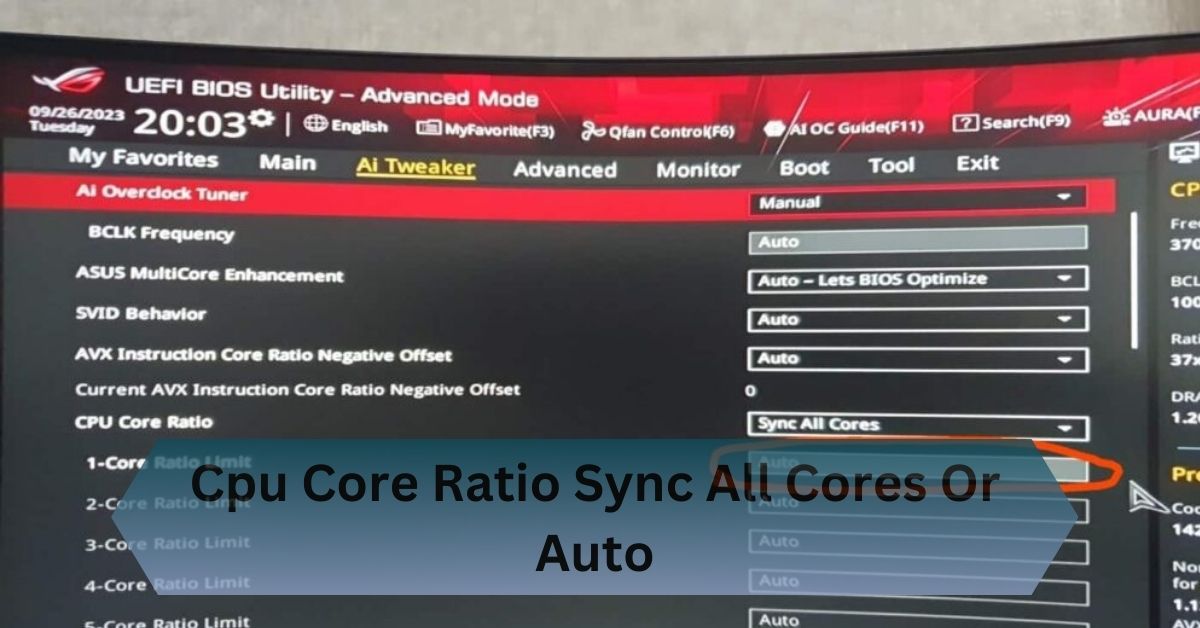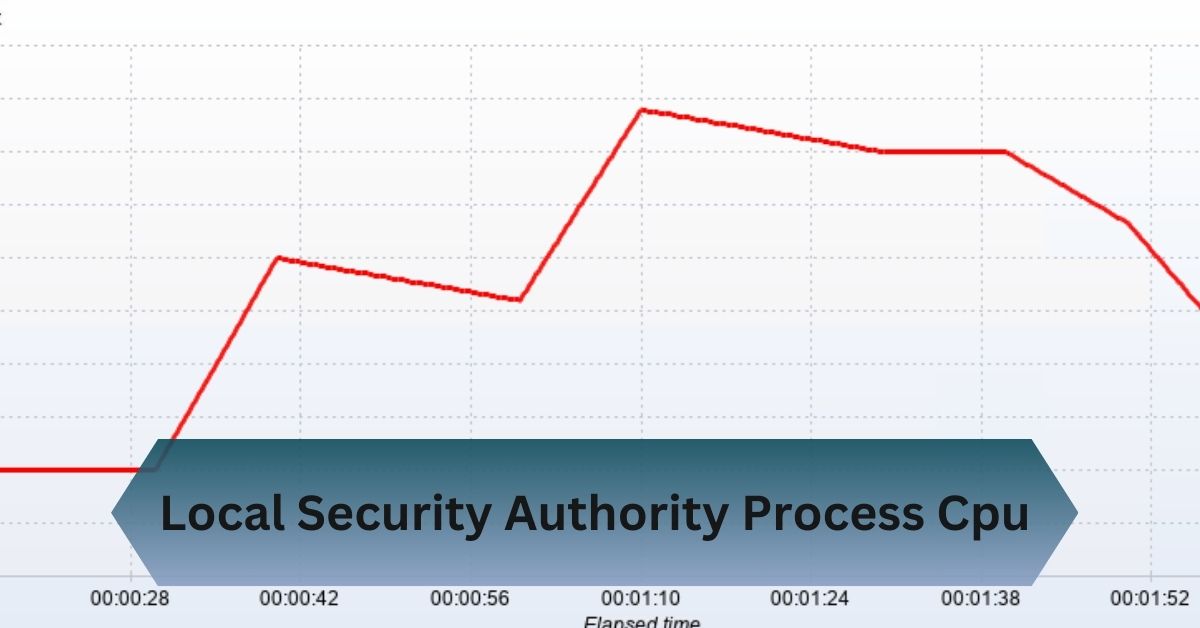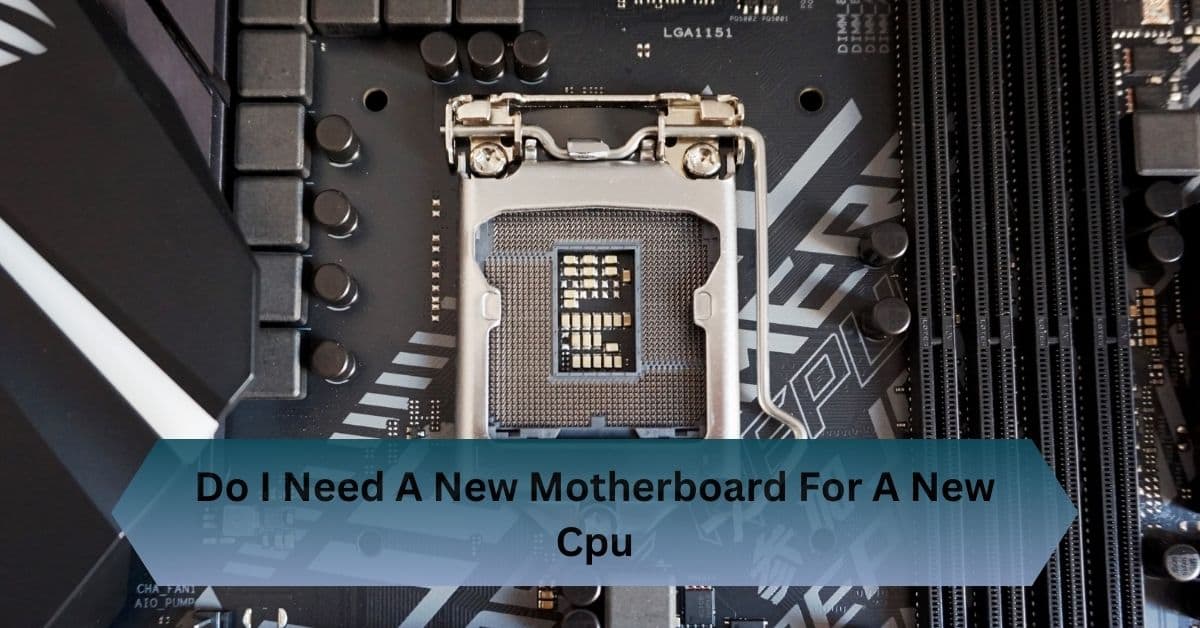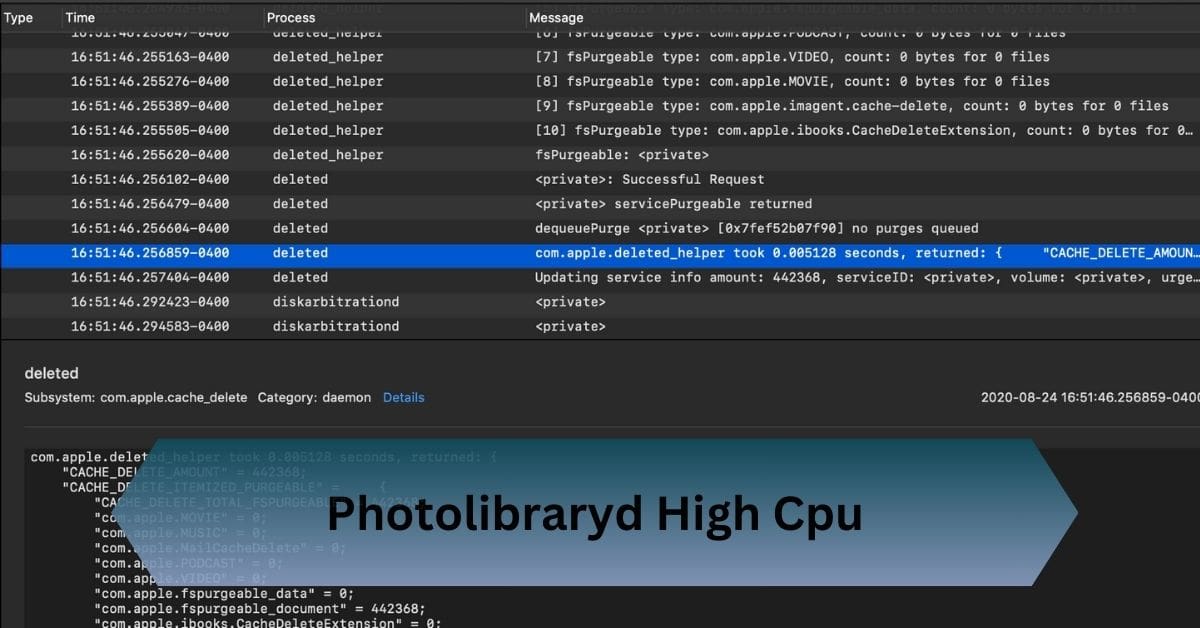I first delved into optimizing my CPU settings, I tried cpu core ratio sync all cores or auto to maximize performance. While it improved rendering times and gaming smoothness, it also increased temperatures and power consumption.
CPU core ratio sync all cores or auto offers consistent performance but increases heat and power usage. Auto dynamically adjusts speeds, conserving energy for lighter tasks. Switching back to Auto for lighter tasks reduced energy use and noise.
CPU core ratio sync all cores or auto can supercharge your system for top-notch performance, but be ready for higher temperatures and power draw. Switch to “Auto” for a cooler, quieter experience when you’re just browsing or streaming.
Table of Contents
What is CPU core ratio?
The CPU core ratio, also known as the CPU multiplier, is a critical setting in a computer’s BIOS or UEFI firmware that dictates the operating speed of each core within the processor. It works in tandem with the base clock speed (BCLK) to determine the overall clock frequency of the CPU.
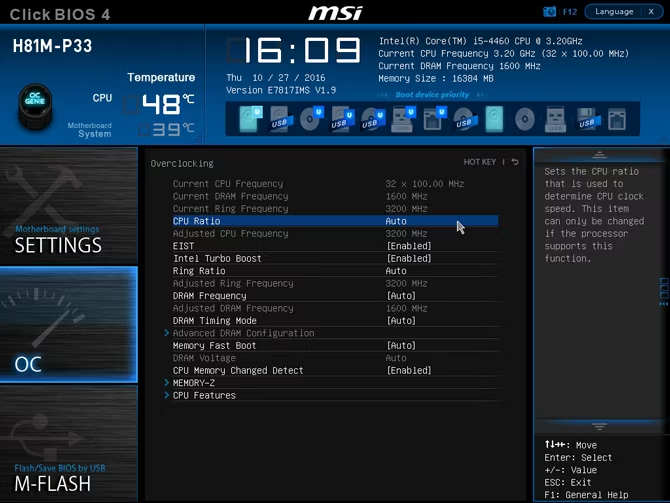
Essentially, the core ratio multiplies the base clock to reach the processor’s effective speed.Adjusting this ratio allows users to overclock their CPUs, pushing them beyond factory settings to achieve higher performance for demanding applications and games.
However, increasing the core ratio can lead to higher temperatures and greater power consumption, necessitating effective cooling solutions and stable power supplies. Conversely, lowering the ratio can enhance energy efficiency and extend the lifespan of the CPU by reducing heat and power use.
What does “Sync All Cores” mean in the context of CPU settings?
- Synchronization of Frequency: CPU core ratio sync all cores or auto sets all processor cores to run at the same speed, based on the highest core ratio you configure.
- Uniform Performance Boost: This setting is often used for overclocking to ensure consistent performance across all cores, which can enhance the efficiency of multi-threaded applications.
- Increased Power Consumption and Heat: With all cores operating at an elevated speed, power consumption and temperatures rise, necessitating effective cooling solutions to maintain system stability and prevent overheating.
How do syncing all cores and “Auto” mode impact CPU performance and efficiency?
Syncing all cores and using “Auto” mode can significantly influence both CPU performance and power efficiency, especially for multi-threaded tasks. When all cores are synchronized, the CPU can distribute workloads more evenly, potentially boosting performance by ensuring that no single core becomes a bottleneck.
This synchronization can lead to better handling of multi-threaded applications, as tasks are spread out more effectively across all available cores. However, this approach might also lead to higher power consumption and heat generation, as all cores are actively engaged.
Overall, syncing all cores can maximize performance but might increase power use, while “Auto” mode seeks to balance performance and efficiency based on real-time demands.
What types of tasks benefit most from the “Sync All Cores” setting?
The “Sync All Cores” setting can be particularly beneficial for tasks that require consistent and balanced performance across all CPU cores. Here are some examples:
- Rendering: Tasks like 3D rendering or video rendering often use multiple cores heavily. Syncing all cores can ensure that each core is working at the same speed, which can help in maintaining consistent performance.
- Simulations: Complex simulations, such as those used in scientific computing or financial modeling, often benefit from having all cores operate uniformly to process large amounts of data efficiently.
- Multitasking: When running multiple applications simultaneously that are all heavily utilizing the CPU, having all cores synced can help maintain overall system responsiveness and performance.
- Heavy Workloads: Any scenario where the workload is consistently high and evenly distributed across all cores, like certain types of data analysis or encryption tasks, can benefit from the uniform performance provided by “Sync All Cores.”
- Benchmarking: For users running benchmarks to test the maximum performance of their CPU, syncing all cores ensures that each core is operating at the same level, which can provide more consistent and comparable results.
Why Do Enthusiasts and Overclockers Prefer the “Sync All Cores” Setting?
Enthusiasts and overclockers often prefer the “Sync All Cores” setting because it allows for precise control over the CPU’s frequency, ensuring that all cores run at the same high speed.
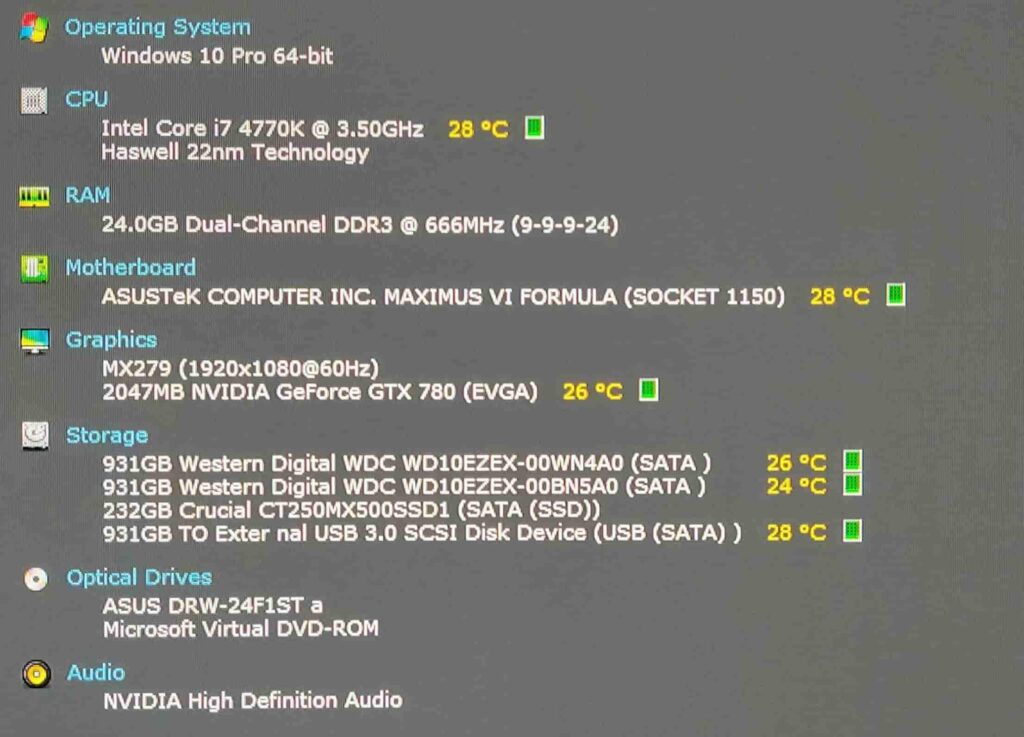
This uniformity leads to more consistent performance, which is crucial for demanding tasks such as gaming, 3D rendering, and video encoding. By synchronizing the core speeds, users can achieve higher and more stable performance levels across multi-threaded applications, making it an attractive option for those looking to maximize their CPU’s capabilities.
It’s particularly beneficial for tasks that require sustained high performance across multiple cores, such as gaming, 3D rendering, and video encoding.This option provides precise control over the CPU’s operating frequency, allowing for higher and more consistent performance levels.
What is the difference between Sync All Cores and Auto CPU core ratio settings?
Sync All Cores:
This setting locks all CPU cores to the same frequency, ensuring uniform performance across all cores. It simplifies overclocking by providing consistent core speeds, which can enhance system stability and predictability.
However, it may lead to increased power consumption and heat output due to all cores running at the same elevated frequency.
Auto:
The Auto setting allows the CPU to dynamically adjust core frequencies based on current workload and power requirements. This means the CPU can boost frequencies for demanding tasks and lower them during lighter workloads, optimizing power efficiency and heat management.
While it offers better power efficiency and adaptability, it may result in less consistent performance compared to the fixed frequencies of Sync All Cores.
What Happens When the “Sync All Cores” Option is Selected in the BIOS?
When you select the “Sync All Cores” option in the BIOS, all CPU cores are configured to run at the same multiplier. For example, if you set the multiplier to 40, each core in the CPU will operate at that speed, resulting in uniform performance across all cores.
Advantages:
- All cores run at the same speed, ensuring consistent performance across multi-threaded tasks.
- Syncing all cores can be simpler for those new to overclocking than adjusting individual core ratios.
- This setting can improve performance in applications that effectively utilize multiple cores, such as video editing software and 3D rendering programs.
Disadvantages:
- Running all cores at a higher speed can generate more heat, potentially requiring better cooling solutions.
- Syncing all cores at a higher frequency can lead to higher power consumption, which might be a concern for energy-conscious users.
What’s better for stability: Sync All Cores or Auto for dynamic performance?
If you prioritize system stability and want a straightforward overclocking experience, Sync All Cores is often the better choice. This setting ensures that all CPU core ratio sync all cores or auto run at the same speed, which can simplify achieving a stable overclock.
However, if you seek a balance between performance and power efficiency, Auto may be preferable. The Auto setting leverages the CPU’s dynamic scaling features, adjusting performance based on real-time needs, which helps in optimizing power consumption and adapting to varying workloads.
Ultimately, if you need consistent performance, Sync All Cores is ideal. For a more adaptive approach that balances power and performance, Auto is the way to go.
How do Auto and Sync All Cores settings vary for different user needs?
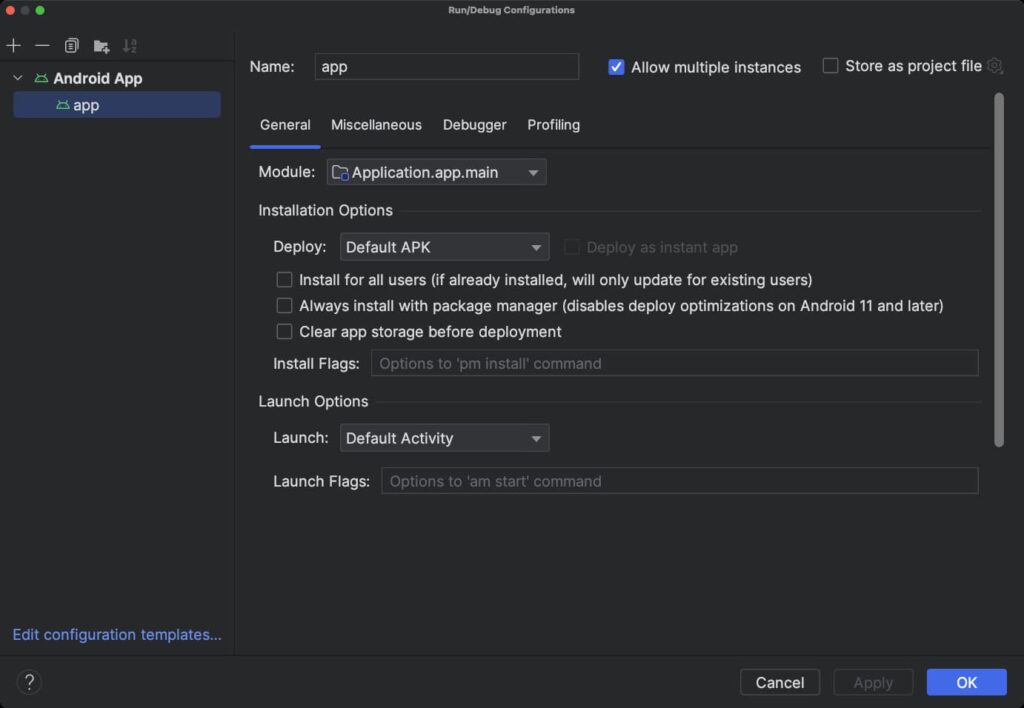
- High-Performance Enthusiasts: Sync All Cores provides consistent and reliable high performance by running all cores at the same frequency, which is ideal for users seeking maximum and uniform performance, such as for overclocking.
- Everyday Users: Auto balances performance and efficiency; Sync All Cores may be overkill.This is well-suited for general computing tasks and everyday use.
- Custom Builders: Sync All Cores allows precise tuning; Auto offers adaptive performance with less manual adjustment. Auto, on the other hand, provides an adaptive performance profile with less manual adjustment required.
Frequently Asked Questions:
1. How does Auto affect the CPU’s performance during idle or low-load tasks?
Auto reduces the CPU’s frequency during idle or low-load tasks, conserving power and reducing heat compared to Sync All Cores, which keeps a constant frequency.
2. What impact does Sync All Cores have on the CPU’s thermal performance?
Sync All Cores can lead to higher thermal output due to all cores running at the same, often elevated, frequency.
3. How does the Auto setting impact power efficiency compared to Sync All Cores?
Auto adjusts frequencies dynamically, leading to better power efficiency and lower heat output compared to the constant frequency of Sync All Cores.
4. Can using Auto settings lead to performance inconsistencies, and how should users manage this?
Yes, Auto settings can lead to fluctuations in performance based on workload. Users should monitor performance and stability, and adjust settings if needed to achieve desired outcomes.
Conclusion:
Sync All Cores and Auto for your CPU core ratio involves evaluating your performance needs, system efficiency requirements, and overall computing goals. Sync All Cores offers stability and simplicity, making it ideal for users who prioritize consistent performance.






